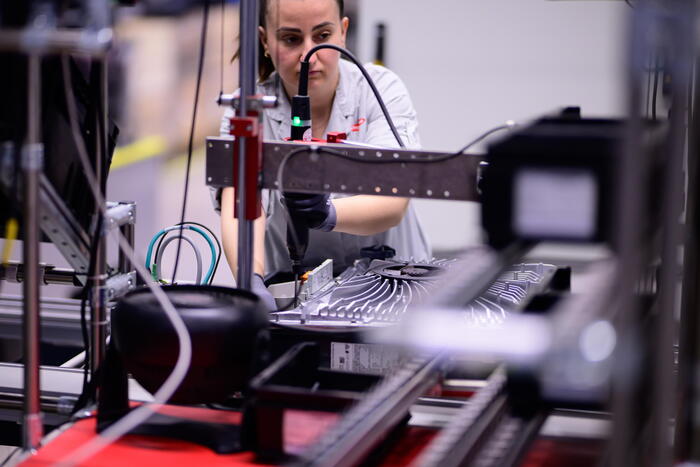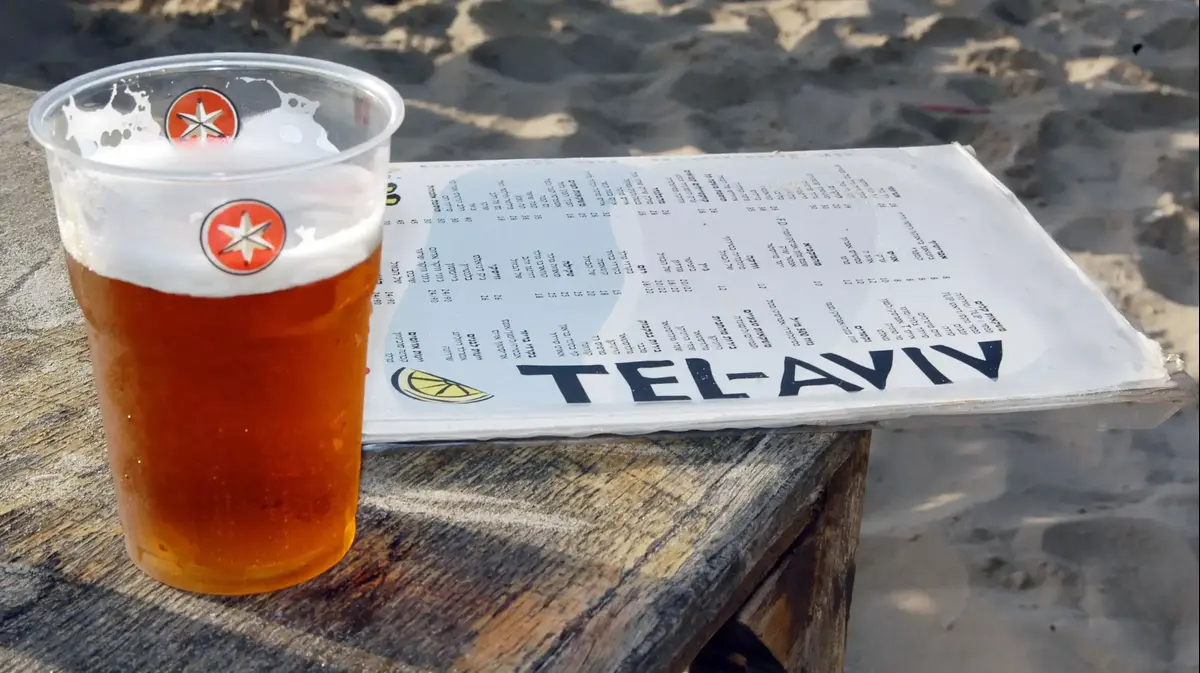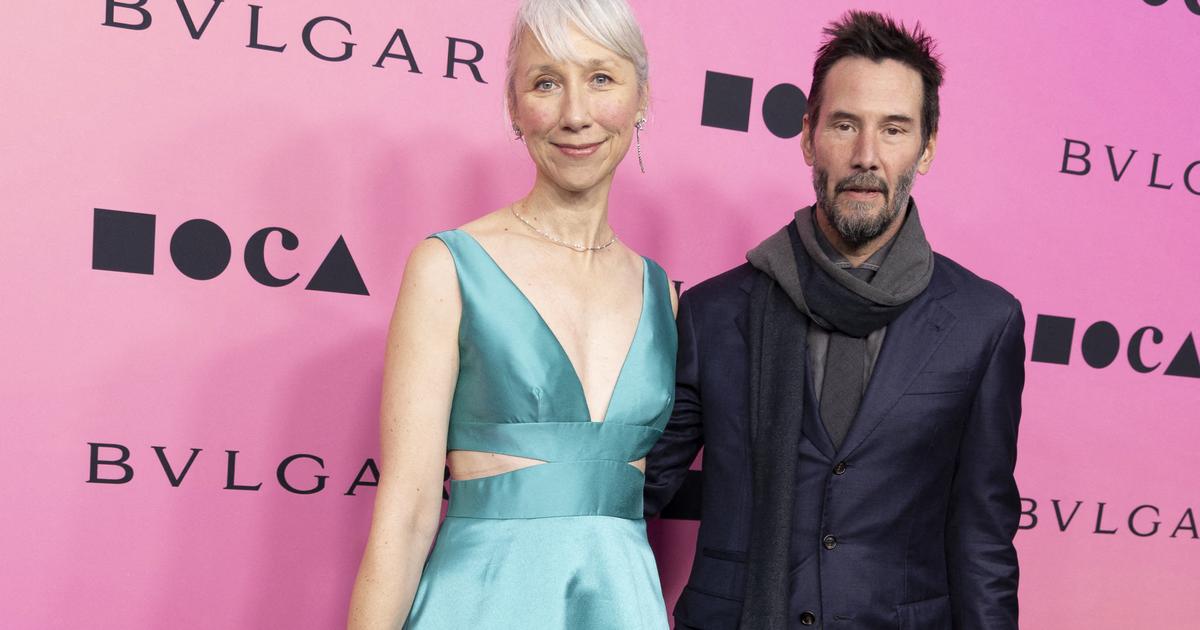The Art Basel & UBS annual report has put figures on the collapse of the world art market during the year of the pandemic.
Sales reached $ 50 billion, a drop of $ 14.3 billion.
The numbers are a throwback to the 2009 numbers. The report covers not just art, but also antiques and decorative objects, including the skeleton of a T-Rex, named
Stan.
Hence, China, with a smaller presence in the plastic arts sector, this year has displaced the United States as the world leader in auctions (36% compared to 29% of the quota).
The EU and the Government, against the 'hidden museums'
The diagnosis, prepared by economist Clare McAndrew based on official data supplemented with surveys of gallery owners and collectors, shows that 2020 has been the year of the internet, the
boom
in virtual galleries and the use of sophisticated online showrooms (Online Viewing Rooms, OVR).
The Artlogic technology platform estimates that the number of its customers who used them increased 3,000%.
Another website, Artsy, revealed that 35% of its respondents operate without a physical location, more than double that in 2019. Just over half (54%) of these do so mainly in the primary market (direct sale of works by artists), and most are individual micro-businesses (65%) or with only two or three people (more than 25%).
In line with the rise of the internet to avoid confinement, online sales
they have surpassed those of the traditional galleries for the first time.
In the case of virtual auctions, these rarely exceed one million euros and always with a published price, because the collector is not completely trusted, according to the report.
Respondents are confident that this channel will grow when the pandemic ends.
The study also provides a warning for surfers: there is a saturation of offers in the network very similar among them that mislead the art buyer, when he prefers the "uniqueness, the excitement of discovery and direct contact with collectors".
In other words, no matter how advanced virtual technology is, it is useful but incomplete.
Hence the emergence of new models in the immediate future: fewer and less crowded international fairs (the older the collector is, the less willing he is to travel, even when he is already vaccinated), and hybrid competitions (face-to-face and virtual) , with small galleries with emerging artists under the shelter of large ones with established creators or under the umbrella of renowned fairs (such as Art Basel).
It also points to experiences such as that of the Londoner Frieze, with a space open all year round, simultaneous exhibitions in network with other cities or the creation of associations of galleries and virtual-only fairs.
And one piece of advice is offered: that the galleries be cross-border, adapted to the different regulations of the territories.
For the first time, online sales have surpassed those of traditional galleries
The report also reveals an unexpected piece of information.
28% of sellers increased net profits, while 18% matched it, despite the fact that auction houses suffered the most (30% drop), without being compensated by the increase in opaque private bids.
As a whole, galleries lost 20%, the most affected being those dedicated to reselling (the so-called secondary market, 39%).
The surprise is only half positive.
Their good results were due to staff reductions, changes of premises with cheaper rents and, above all, the massive cancellation of international fairs meant a succulent savings in travel and the high registration price.
The downside is that in the long run they run the risk of losing presence and customers, with the burden of debt that the pandemic has forced them to assume.
Attendance at fairs is something that gallery owners had already meditated on before the covid.
In the future they will reduce the number of events, chosen more realistically.
2020 was also a year of setback in the search for parity between male and female artists.
They have gone from 44% to 41% in the share of those represented by galleries.
An invaluable 7% of lots sold at auctions were by female artists, notably Joan Mitchell (with a record of 71 million) and Yayoi Kusama (62 million).
Bad times also for young artists in a market overwhelmingly focused on 20 established names (Hockney, Richter, Condo, Cui Ruzhuo ...) with prices lower than in 2019 and auctions with a guaranteed price.
Against money laundering
The Art Basel & UBS report pays particular attention to European and British anti-money laundering laws.
The financial world saw investments in art as an investment alternative given the end of banking secrecy.
Now buyers of works over $ 10,000 have to reveal their identity.
Even the United States, which has raised federal rates and lowered inheritance tax benefits, is looking to do so.
In Spain, the Government has pending the transposition of the EU directive and the control of virtual currencies.
Although there are systems in place to keep circumventing the rules, the required paperwork is discouraging many investors and diverting them to other financial instruments or private auctions.
The study, however, does not address the impact of the emerging bitcoin and ethereum market, nor the promotion of crypto art by needy auction houses.
Unlike the 2008 crisis, the number of billionaires increased 7% and their wealth grew 32% (In Spain, those with more than 50 million dollars have dropped 9%).
The purchase of art as a method for diversification or return on investments ranked highest in the financial motivations of the largest collectors in all markets.

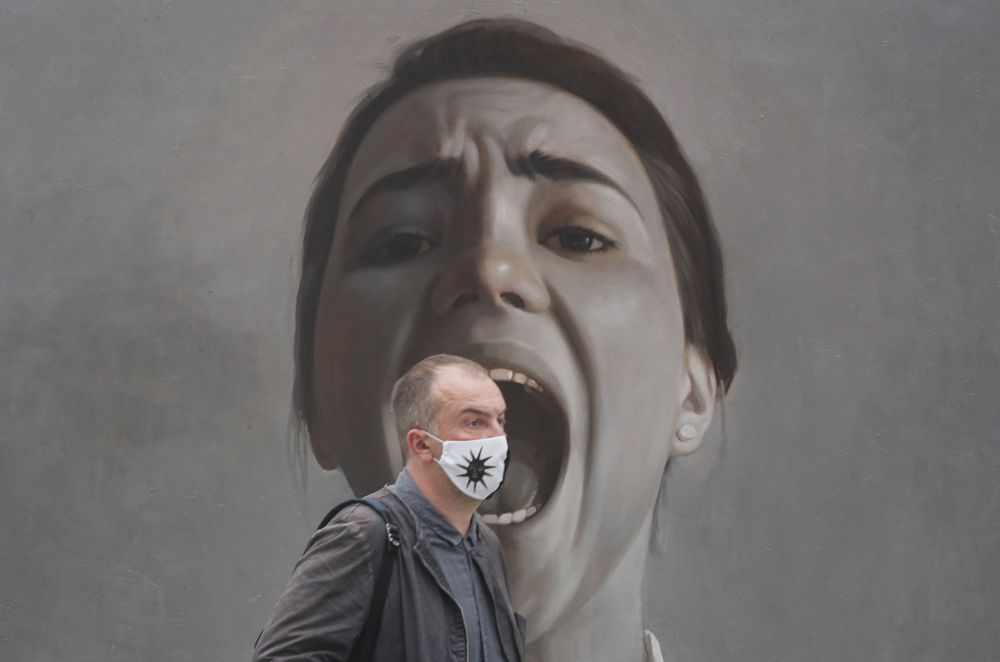


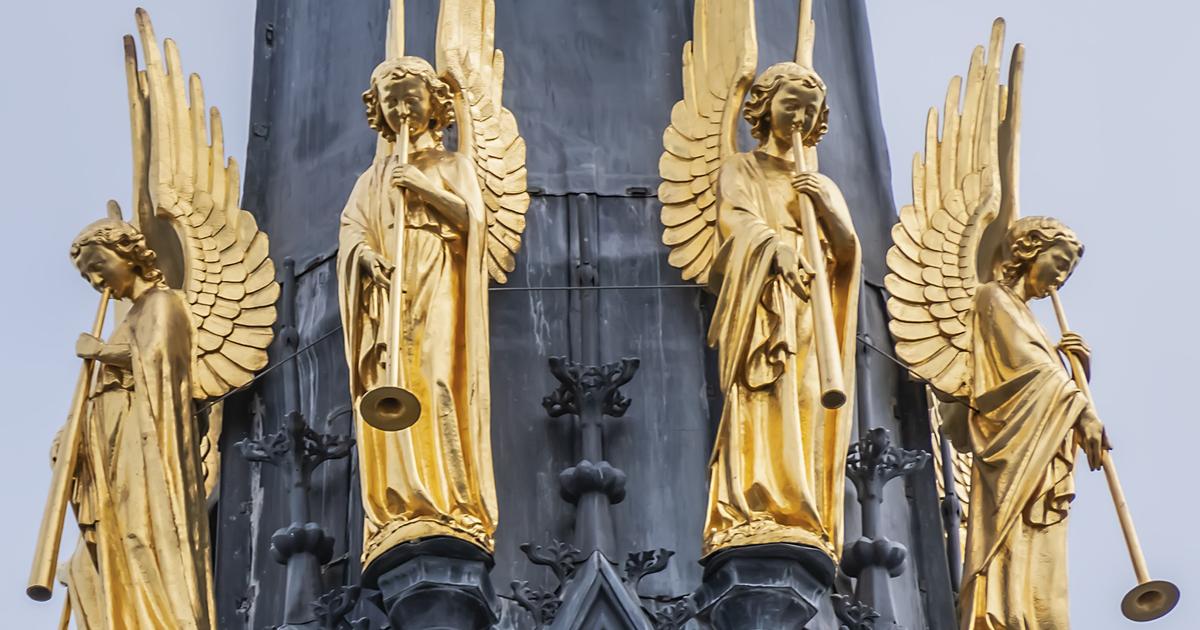

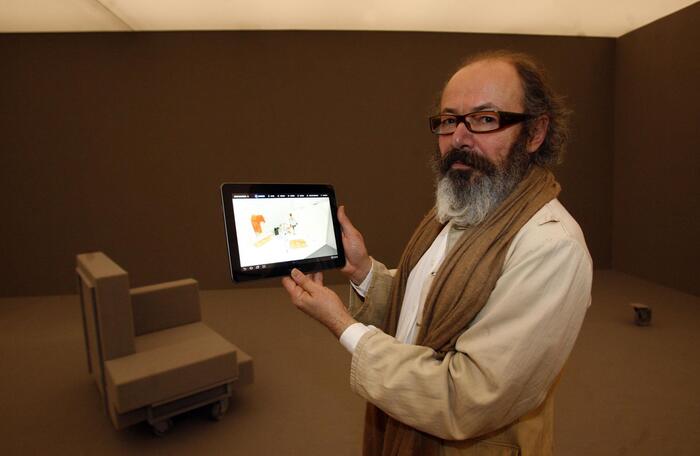
/cloudfront-eu-central-1.images.arcpublishing.com/prisa/3I74UEXLYRBBRPGPSGWNN6WXH4.jpg)
